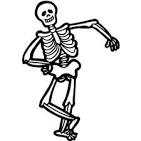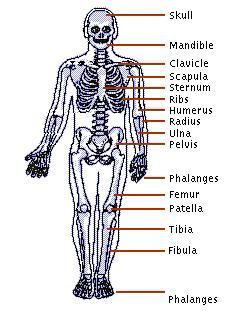Once you put one of these super sensory bean bags in your hands, you’ll quickly discover why they are nicknamed COOLBEAN. Each bean bag is covered with soft chenille fabric nubs, making them irresistible to the touch. Grasp them, squeeze them, and listen to the crinkling sound they make. They come in 4 bright colors and are the perfect size and weight for tossing and catching. COOLBEAN definitely engages the senses—vision, hearing, touch and kinesthesia (sense of body’s movements). What also makes Excellerations® Super Sensory Beanbags “really cool” is that they are for children ages 18 months and up and are even washable!

Benefits of Using Bean Bags:
- Younger children may find bean bags easier to handle than a ball. A bean bag is usually smaller and softer than a ball; consequently a child has less fear of being hit or hurt.
- Because bean bags can’t roll away, they may be less frustrating for the child with poor coordination skills.
- Catching and throwing a bean bag helps a child develop the skill of grasp and release.
- A bean bag will help a child develop the hand strength required for handling a ball.
Objectives/Learning Outcomes:
- Gross motor skills: using the large muscles of the arms, legs and trunk
- Fine motor skills: using the small muscles of the of the body (eyes, hands, fingers) to perform specific movements such as throwing and catching
- Hand-eye coordination: hands and eyes working together smoothly to meet a challenge
- Balance: being able to hold the position of the body through the interaction of muscles working together
- Laterality: understanding of the differences between right and left and being able to control the two sides of the body independently and together
- Kinesthetic awareness: inner messages from the muscles, tendons, and joints received by the body in order to move
- Listening skills: ability to follow verbal directions
Here are some fun and challenging bean bag activities for young children. In next month’s post, I’ll share several games that you can play using bean bags.
Bean Bag Toss
Child tosses bean bag upward into the air and catches it before it hits the floor. Child first catches it with two hands. Child then attempts to catch the bean bag with one hand and then the other hand. The height of the toss should increase as the child’s skill improves.
Child tosses the bean bag back and forth across the body from one hand to the other. The height of the toss and the distance between hands should increase as the child’s skill improves.
Child tosses the bean bag into the air, turns around and then catches it. Challenge child to clap hands once, and catch it. Ask child to clap hands twice, then catch it.
Bean Bag Throw
Place a hoop on the floor, lean it against a wall or hang it up. Have child step back and throw a bean bag into the hoop. With each successful throw encourage the child to take another step back to make it more challenging.
Attach a target to a wall. I like to use one of the Excellerations® Pair-a-Chute. Keeping his “eye on the target,” the child throws bean bags at the different colors on the parachute.
Bean Bag Catch
Find a partner and play catch with the bean bag. Remind the child to use only his hands to catch and to keep his eyes on the bean bag. Play catch with your partner throwing underhand. Play catch with your partner throwing overhand. This time, stand close to your partner and play catch. If you catch the bean bag without dropping it, take a step back. If you drop it, take a step up. See how far apart you can get playing catch with your partner.
Using both hands, one child holds a bucket or basket. Let the other child toss bean bags to the child holding the bucket, who attempts to catch each one in the bucket.
Bean Bag Balance
Have child place bean bag on a body part—head, arm, shoulder, elbow and walk in the open space or on a designated line marked out on the floor.
Try a crab walk with the bean bag on the tummy or a creep like a cat with a bean bag on the back.
Bean Bag Jump
Have child place bean bag on the floor. Ask the child to jump forward over the bean bag. Ask them to jump backward, then sideways. You can repeat this series several times.
Have child place bean bag between their knees and jump forward like a kangaroo.
Product Recommendations:
Excellerations® Super Sensory Beanbags (COOLBEAN)
Brawny Tough Activity Hoops (HOOPSET)
Excellerations® Pair-a-Chute (PAIRUP)

















